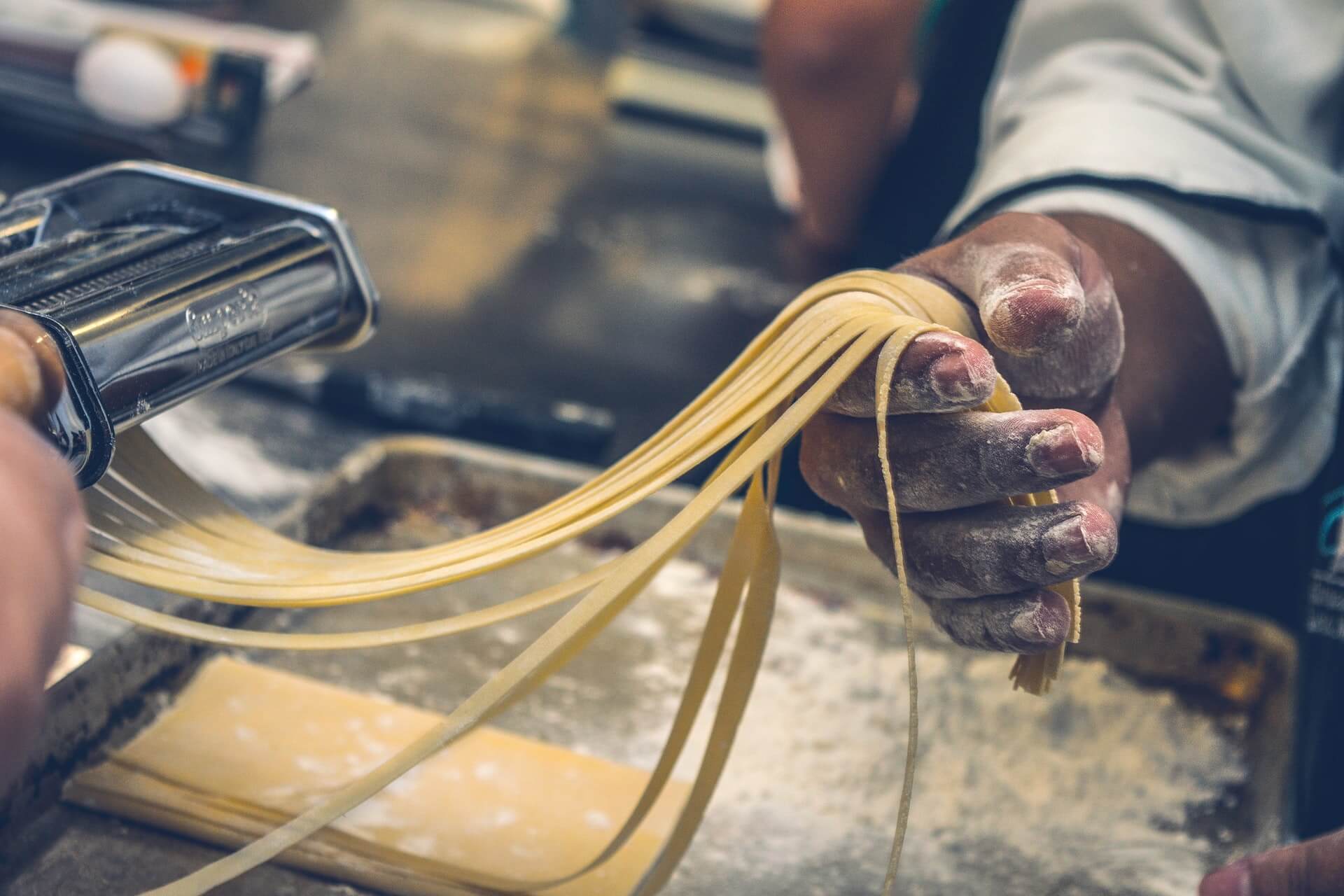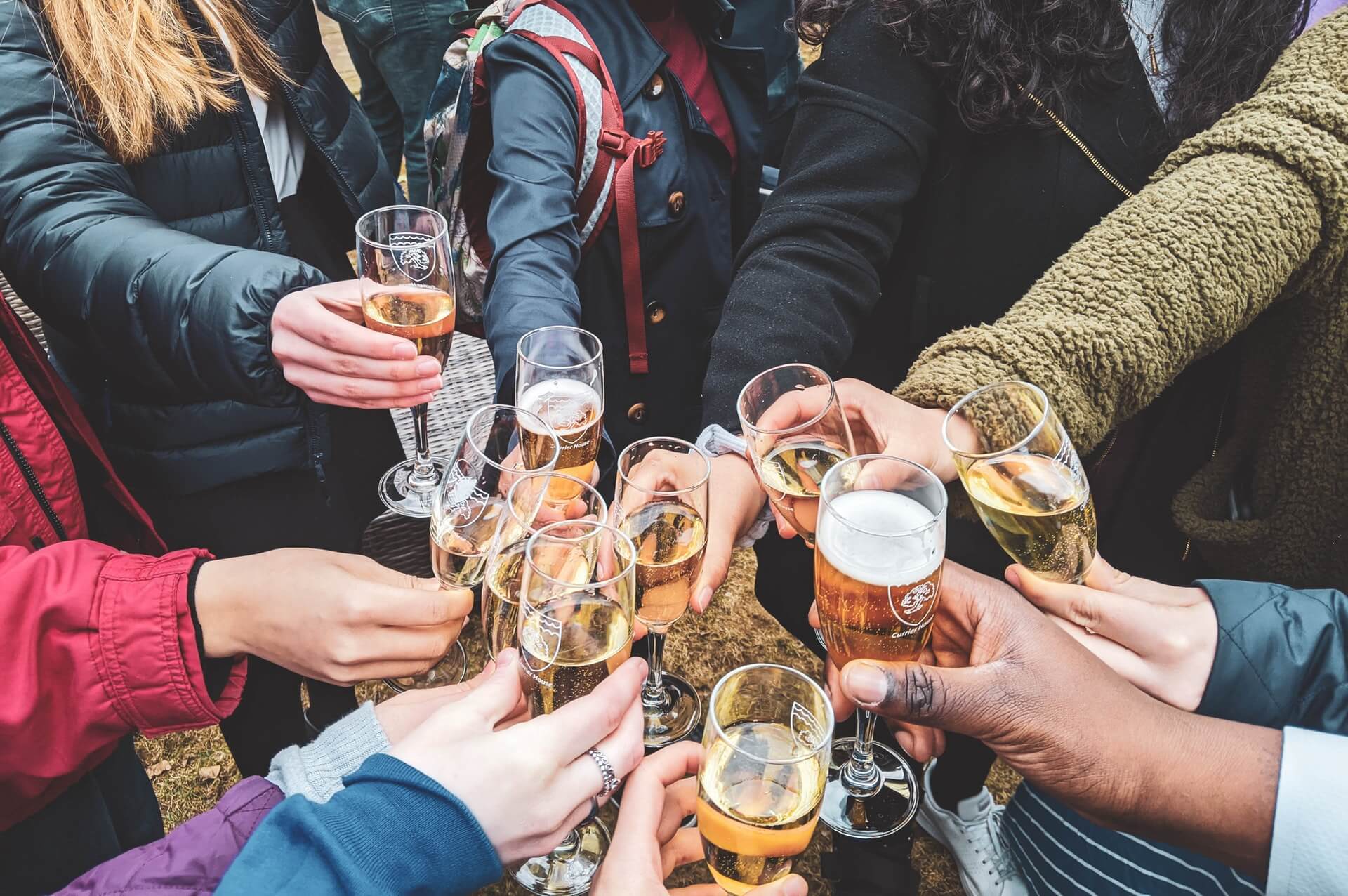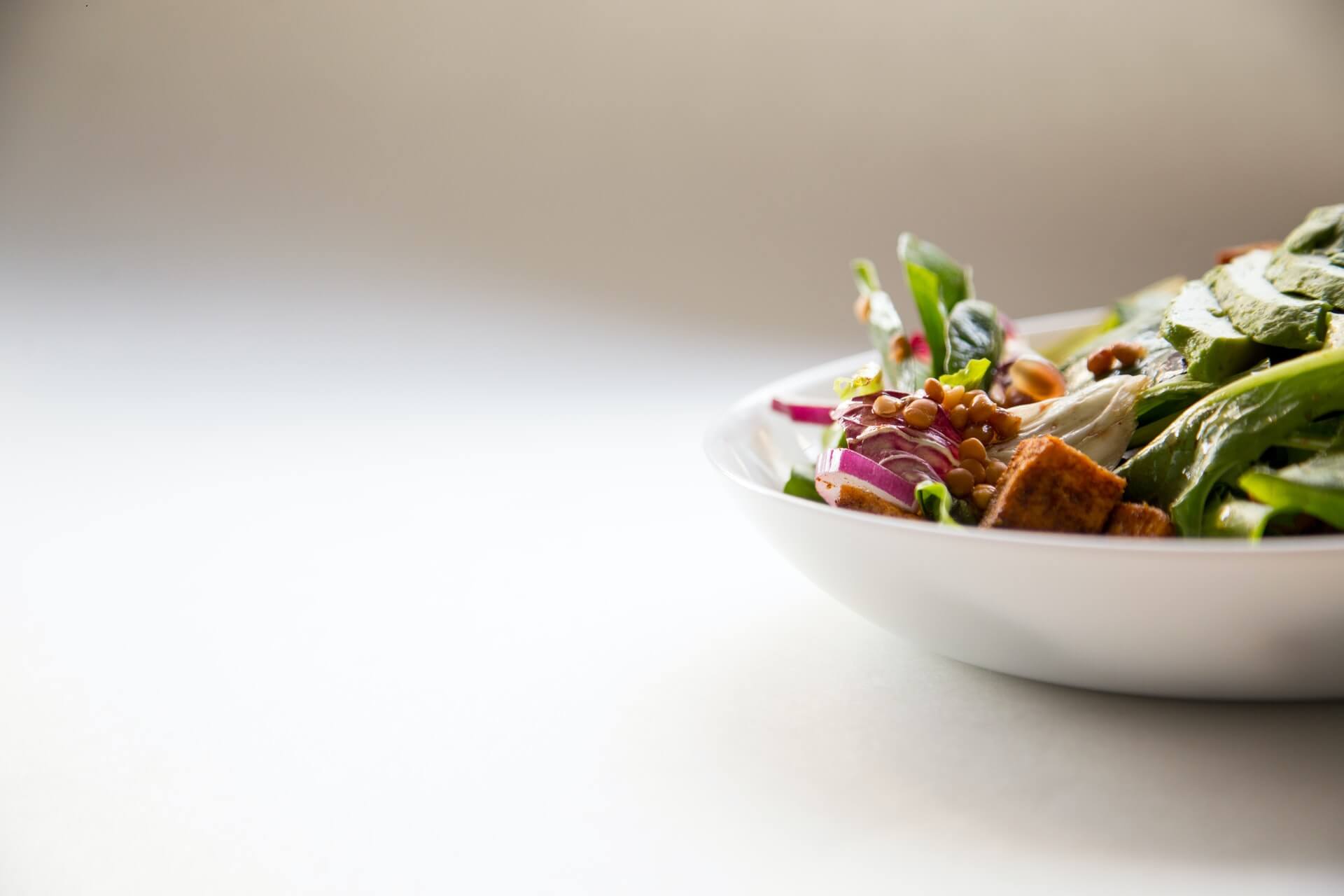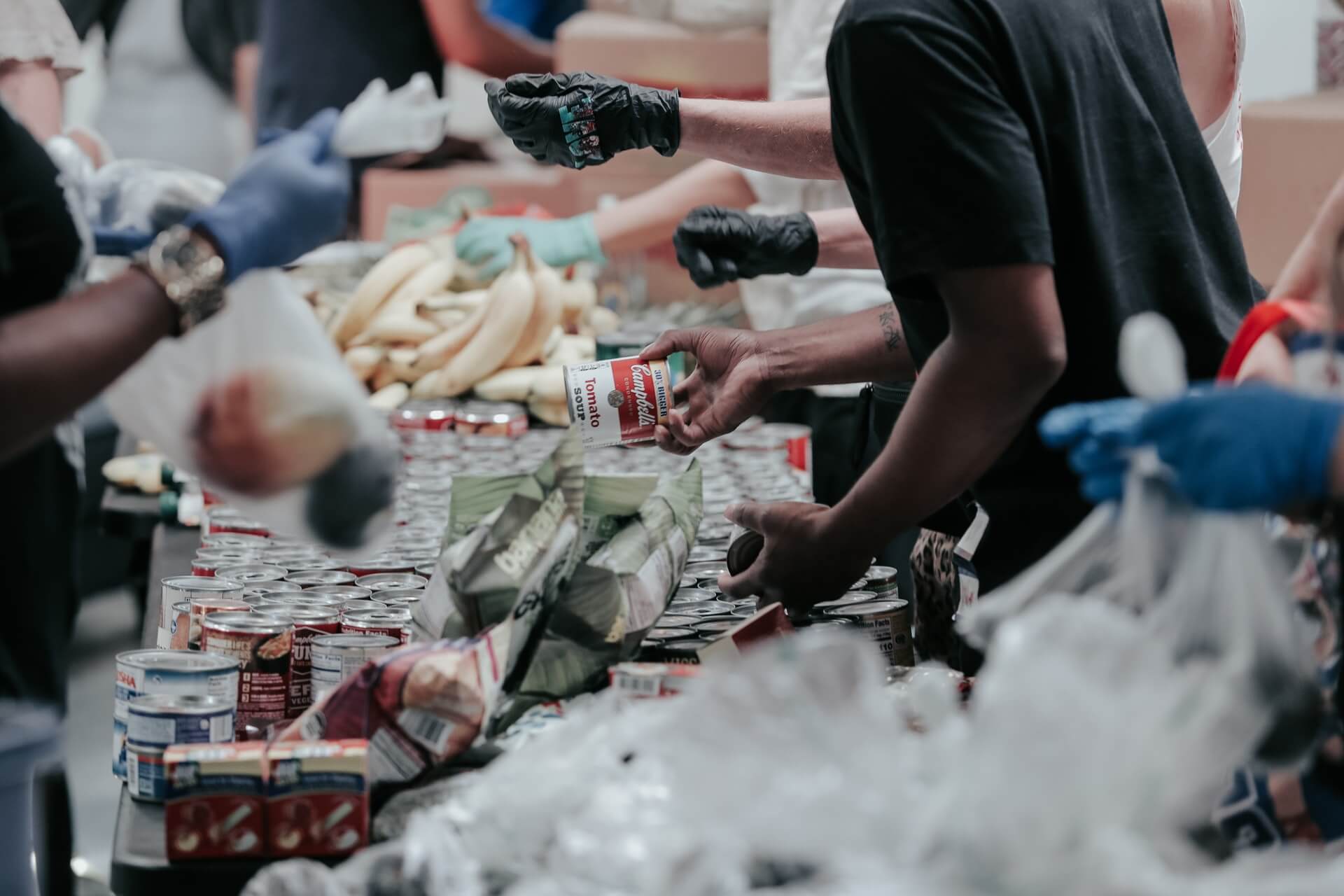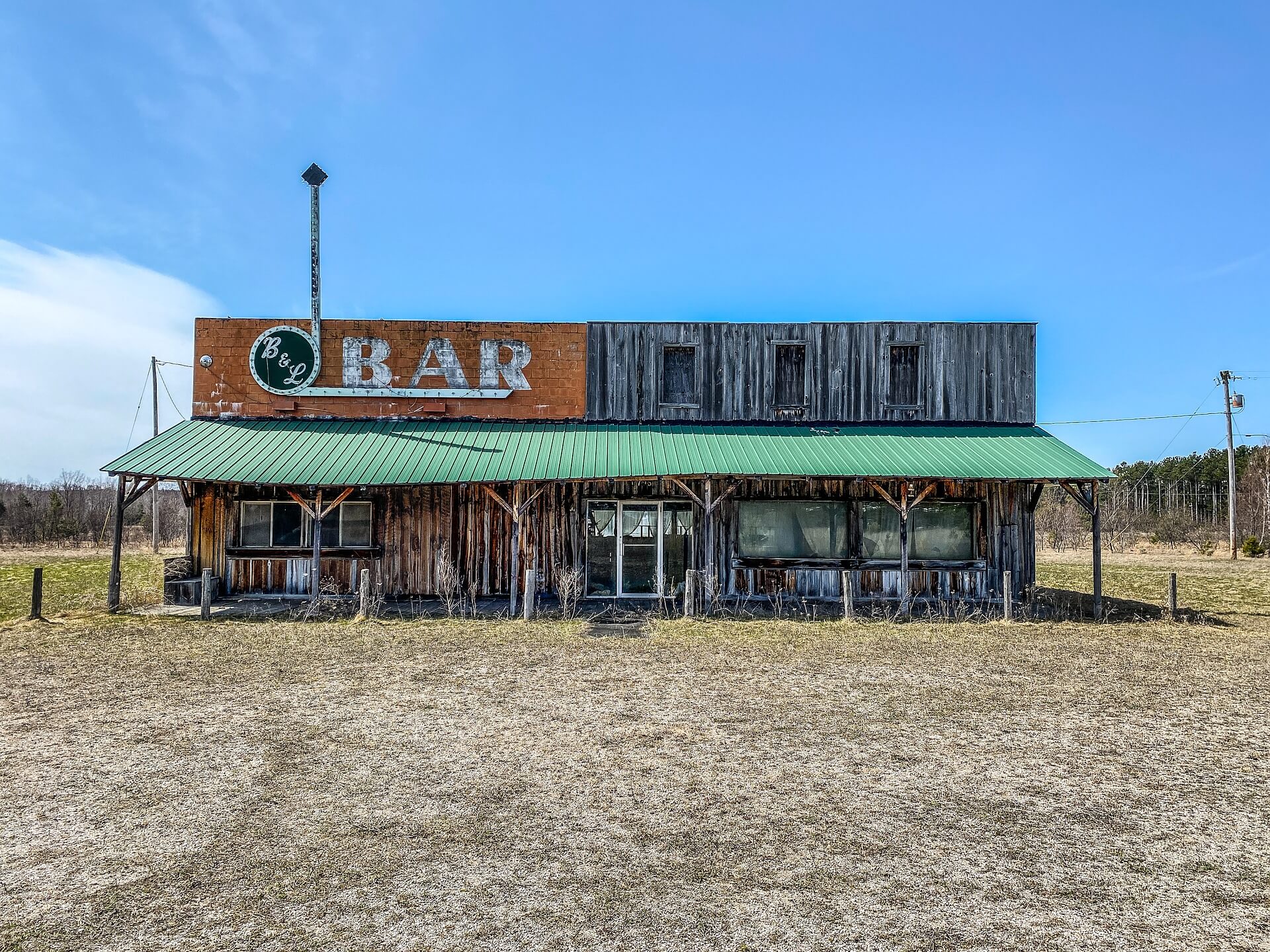2021 KRG Holiday Bottle & Can Guide
by David Klemt

We’re bringing you new products and gift ideas for the 2021 holiday season for your specialty menus, raffles, and employee incentives.
Whether because they’re unique or leverages eye-catching bottling, labeling and packaging, you can’t go wrong with the bottles below.
In fact, you should probably consider adding some of these to your inventory and seasonal menu. A number of these bottles will attract attention from guests when they spot them on your back bar.
And, hey, we won’t tell anyone if you decide to treat yourself to one of these gifts. You’ve earned it.
Brandy
Few spirits shine more during the holiday season and winter months than brandy.
Château de Breuil Réserve Du Château 8 Year
This is the first entry in Château de Breuil’s “Hors d’Age” range, which means this Calvados is older than six years. The youngest Calvados in this release is eight years old, and there’s plenty of warming, comforting apple on the nose, palate and finish.

Hennessy V.S.O.P Privilège x Julien Colombier
This striking bottle, adorned with an original design by Julien Colombier, definitely stands out from the standard V.S.O.P Privilège.
Hine Cigar Reserve XO
This blend of 20 eau-de-vie is intended specifically to be enjoyed with a fine cigar. In particular, a fine Cuban cigar. A Cognac meant to help unplug, slow down, and enjoy the moment.
Gin
There is an incredible array of gins available that can sway even the staunchest “I don’t drink gin” drinkers out there.
Glendalough Rose Gin
The Glendalough distillery operates via three mantras: Wild foraged. Fresh distilled. Stand apart. Glendalough Rose Gin hits all those marks, particularly standing apart from other gins.
Hardshore Original Gin
There are a few ways to approach crafting a gin. Hardshore Distilling Company’s approach is to be simple in order to be complex. Just five botanicals are used in the production of Hardshore Original Gin: Tuscan juniper, coriander, rosemary, mint, and orris root.

Junipero Gin
With it’s striking new appearance, Junipero Gin’s bottle is now as bold as the liquid inside.
Mezcal & Tequila
The growth of the agave spirit category doesn’t seem like it will stop anytime soon. In particular, luxury mezcals and tequilas seem to be benefitting from consumers interested in spending more to drink higher-quality spirits.
Código 1530 Artesanal & Ancestral
As discussed on episode 57 of Bar Hacks with Collin De Laval, Código 1530 recently released two mezcals, super-premium Artesanal and ultra-premium Ancestral.

Sombra Reposé
This unique mezcal represents a world first: A mezcal aged in Bordeaux wine casks. It doesn’t hurt that the bottle is also attractive.
Tanteo Navidad
There are just 5,000 bottles of Tanteo Navidad, an ultra-premium añejo tequila infused with the flavors of the holiday season: cinnamon, clove, nutmeg, cocoa beans, ginger, and pequin chilis.
RTD
With so many hard seltzer and canned cocktail brands hitting the market, it’s difficult picking just a few standout RTDs.

Karbach Brewing
When it comes to RTDs, Ranch Water was basically destined to end up in cans. As a blend of Topo Chico, tequila and lime, Ranch Water has a legitimate claim to the hard seltzer throne. Karbach Ranch Water is available in Original, Grapefruit, Meyer Lemon, Prickly Pear, and Watermelon. It’s also produced by a brewery in a state that knows a little somethin’ about Ranch Water: Texas.
Speaking of Texas…
Shiner Tall ‘Tails
Texas’ famous brewer has entered the hard seltzer space with four expressions based on classic cocktails: Texas Mule, Mexican Martini, Watermelon Margarita, and Ruby Red Paloma.
WESAKE
Given how easily drinkable sake is, I’m surprised there aren’t more RTD sakes on the market. Four cans of Junmai Ginjo WESAKE equal one bottle.
Rum
It’s always exciting to come across something new in any spirit category. The two selections below are from countries people don’t often think of when the topic of rum arises.
Kasama
How about small-batch rum from the Philippines, aged seven years and produced by Alexandra Dorda. If that last name sounds familiar it’s likely because Alexandra is the daughter of Tad Dorda, co-founder of Belvedere and Chopin vodkas.
Phraya Deep Matured Gold Rum
When’s the last time you sipped a rum from Thailand? The answer is most likely never. A beautiful bottle of Phraya Deep Matured Gold Rum—aged seven to 12 years—can certainly fix that.
Zanj Rum Ak Zanj
The name of this expression of Haitian rum translates to “with angels” in Haitian Creole. Made using only pure sugarcane juice (no sugar added) and aged exclusively in Limousin oak barrels, Ak Zanj is characterized by caramel, fruit, vanilla and honey notes. The bottle also looks great on a back bar or home bar.
Vodka
All eyes may seem to be on tequila, mezcal and whiskey, but the vodka category isn’t resting on its laurels. There have been a lot of innovations in this space, such as revisiting traditional processes, playing with flavoring, and even sourcing very specific grapes for production.
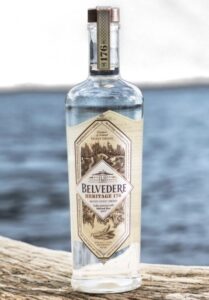
Belvedere Heritage 176
As the name suggests, Heritage 176 is an homage to the old ways of producing vodka. To that end, this expression makes use of malting or kiln-drying rye for deeper, more complex flavors.
Hangar 1 Smoke Point
Produced in partnership with Crimson Wine Group, Hangar 1 used smoke-tinged grapes affected by Norther California’s disastrous Glass Fire to create Smoke Point vodka.
Wild Roots Vodka
This corn-based vodka is made in the Pacific Northwest and infused with more than a pound of real fruit. There are several flavors available in addition to the neutral expression, such as winter-friendly Apple & Cinnamon and Cranberry.
Whiskey
This category isn’t just immensely popular, it’s immense in and of itself. It was difficult to narrow it down to just three selections, particularly when it came to bourbon.

Glenmorangie A Tale of Winter
Your guests, staff, family and friends aren’t the only people who wear Christmas sweaters. A Tale of Winter grabs the eye during the holiday season with a label that looks like it’s ready for your restaurant, bar, nightclub or hotel’s holiday party. This Scotch encapsulates the season with notes of cocoa powder, orange toffee, clover, ginger, and cinnamon.
High West High Country Single Malt
It may be an oversimplification to call High Country Single Malt an homage to single malt Scotch but it’s still an accurate summation. When producing the distillery’s latest release, High West uses “on-the-grain” distillation, along with fresh-charred and second-use barrels during maturation.
Redemption Cognac Cask Finish
Bottled at 99 proof, this high-rye bourbon is aged in Pierre Ferrand Cognac barrels. Expect bold but elegant flavors with baking spices, rye and sweetness on the palate.

Woodford Reserve 2021 Holiday Bottle
Every holiday and Kentucky special edition bottle of Woodford Reserve has been a winner. However, I find the artwork on this year’s holiday bottle by Nick Hirst to the best yet.
Wine
Well, in particular, sparkling wine. When it comes to celebrating, it’s hard to beat the craving for bubbles.
Dom Maria
You can’t go wrong with Dom Maria Brazilian Sparkling Brut or Rosé. The packaging is sleek, modern and makes a statement. Both DM expressions are 60 percent Chardonnay, 40 percent Pinot Noir.
View this post on Instagram
Perrier-Jouët Blanc de Blancs
It’s fair to say that most people are most familiar with Perrier-Jouët’s Belle Époque bottles, adorned as they are with Japanese anemone flowers outlined in gold. However, on episode 56 of Bar Hacks, Maxime Lecocq says that when he sees someone order a bottle of Perrier-Jouët Blanc de Blancs, “they know what they’re doing.”
Yarden Blanc de Blancs
Looking for a Kosher blanc de blancs option for the holiday season? Look no further than Yarden Blanc de Blancs produced by the Golan Heights Winery, currently releasing their 2012 vintage.
Low- and Zero-proof
There are a number of high-quality alcohol-free spirts, beers and other beverages out there. With that number growing, the biggest challenge is deciding which brands and expressions to pick as gifts and add to your menu.
The County Soda Co.
Much attention is paid to the spirits in cocktails, and for obvious reasons. However, crafting the best possible cocktail requires using the best possible ingredients. The County Soda Co. crafts “soda pop for adults” by using real cane sugar and juice concentrates, and by eschewing artificial sweeteners. Proudly produced in small batches in Prince Edward County, Ontario, Canada, County Soda includes flavors such as Root Beer, Cola, Ginger Ale, Blackcurrant Lime, and Orange Cream Soda.
Lyre’s
This innovative brand is named for a bird famous for it’s accurate mimicry of its avian peers, and for good reason. Lyre’s crafts zero-proof expressions that taste like their full-proof counterparts, including sparkling wine and RTDs. You can even purchase cocktail kits that provide everything necessary to make alcohol-free Negronis, Espresso Martinis, and more.
To learn more, fire up episode 28 of Bar Hacks with Tim Rita.
Partake Radler
Ted Fleming started Partake Brewing partially out of frustration. He made the choice to live sober but had no intention of giving up socializing in bars with friends. Unfortunately, the options for alcohol-free beer were incredibly slim. So, he founded Partake Brewing to produce 0.3-percent craft beer. The highly sought-after Partake Radler is back just in time for the holidays!
Learn more from Ted Fleming on Bar Hacks episode 31.
Q Tropical Ginger Beer
How does a tropical take on ginger beer sound? To me, it sounds refreshingly different. I’m a big ginger beer fan, so Q Tropical Ginger Beer, with its agave, mango, passion fruit, and pineapple notes, is intriguing.
Image: Tamanna Rumee on Unsplash





